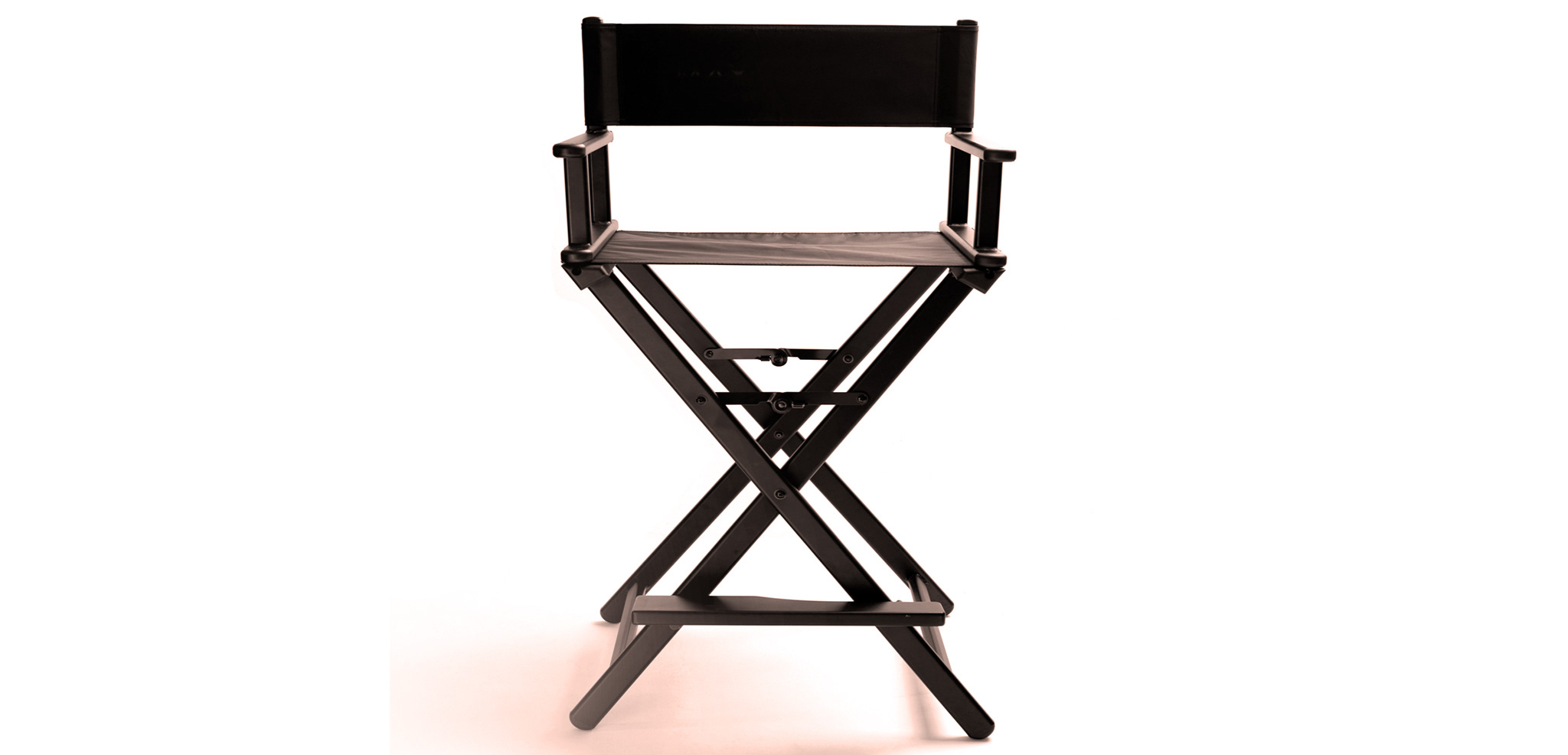
The Learning Designer / Director should keep brief detailed notes so that whoever needs to edit the all the pieces of the final video together has a clear idea of exactly what material to use. We use a table with the following headings:
Video File | Audio File | Scene | Take | Quality | Notes
What constitutes a scene is fairly arbitrary, can be quite a fluid concept throughout, and will vary depending on how at ease with the situation the presenter is.
In a 20 minute scripted presentation you may decide on say ten two-minute segments to try to capture in one go. Each of these segments would constitute a (so-called) scene. Each attempt to capture that scene is take.
The ideal length of a scene seems to entirely depend on how comfortable the presenter is with the camera and what the goal of the piece is. A promotional piece needs to be high energy and every line can be excruciatingly difficult to get just right. This results in very short scenes – as short sometimes as a single paragraph or closing sentence – and usually many takes. In a less formal or forced situation a scene might be several minutes long and can be captured in minimal takes.
We tend to go with the flow rather than being beholden to a predetermined scene structure. If the presenter is on a roll then we just go for it while the momentum is there. The Director needs to balance the perfection you may capture by doing repeated takes with the resulting inevitable loss of energy and authenticity.
It can also be worth it to just keep the take running even if the presenter makes a mistake. If the energy is good it can be fixed in later when editing rather than losing the momentum by cutting and setting up a new take.
As we capture each assign a quick quality judgement to the take – we use a rough 0 to 3 star system – 0 for unusable, 3 a stellar performance. This is then used in the editing stage to save time rummaging through and reviewing all the clips.